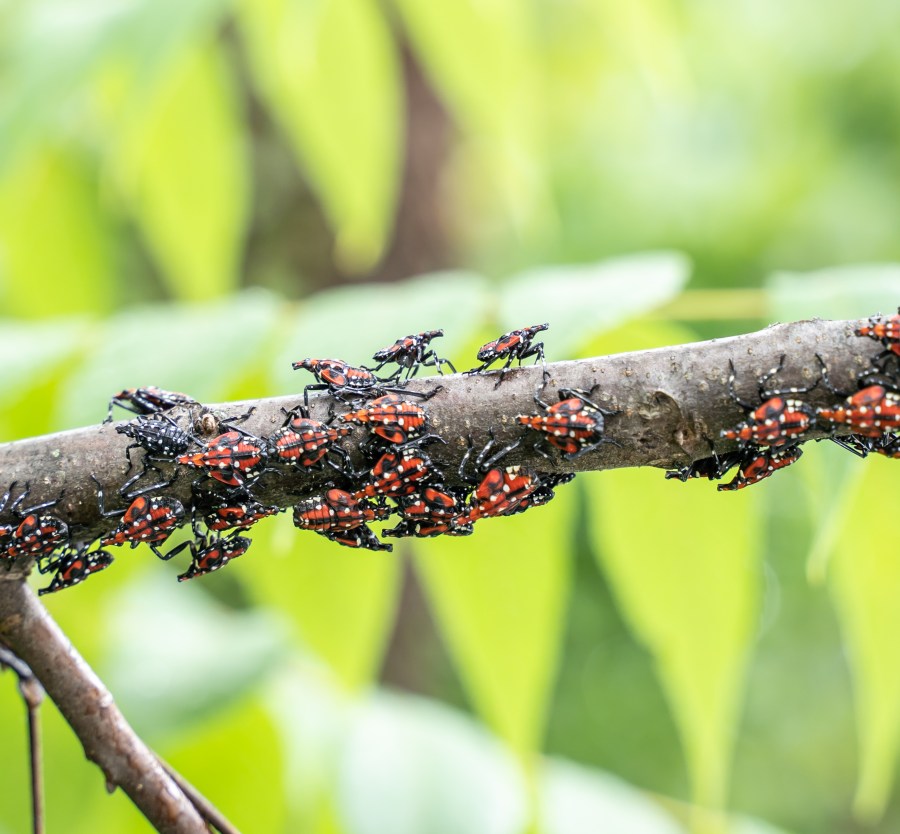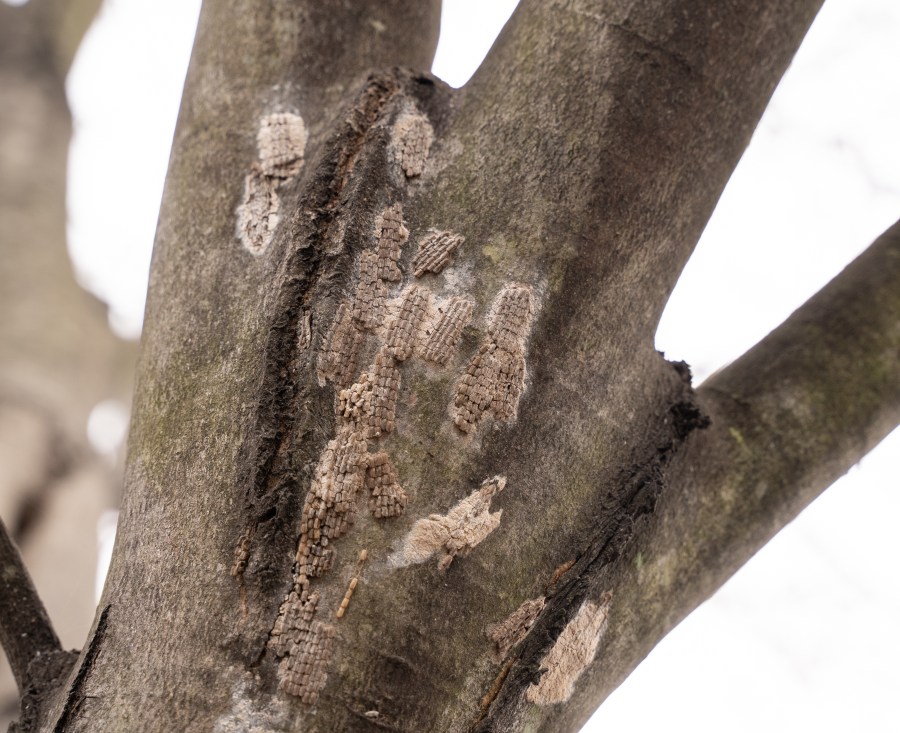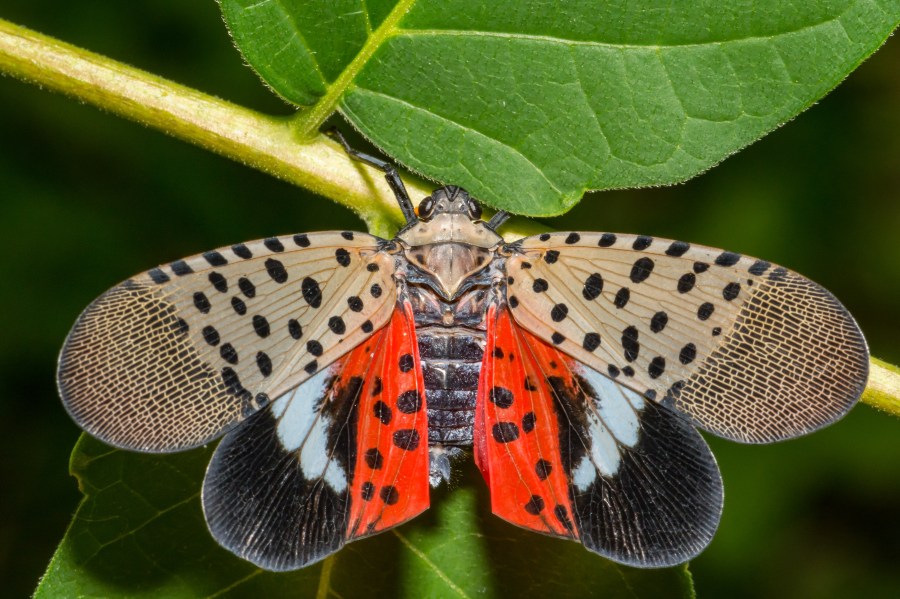Following the announcement by DEFRA and the APHA that Colorado Potato Beetle has been found on sites in both Hampshire and Kent, Vineyard magazine was informed of another potential invasive species. The spotted laternfly has not yet arrived in the UK but since vines are particularly vulnerable to this pest vineyard owners and managers are being made aware of what to look out for.
It is not yet known if it will survive in the UK climate but due to climate change it is possible conditions will become more favourable. As with all invasive species early detection is crucial so that it can be eradicated as quickly as possible before sizeable populations become established.
The DEFRA Pest Alert contains the following facts about spotted lanternfly:
- In 2014, the first finding of Lycorma delicatula (spotted lanternfly) in the US was confirmed in the state of Pennsylvania. Originally from China, this bug has had a significant impact on the vineyard industry in South Korea and the United States over the past few years. In the US, the damage is mainly seen on vineyards with large populations affecting fruit setting the following year.
- Spotted lanternfly prefers Ailanthus altissima (tree of heaven) as a host but can live on almost any tree. There are four instars (stages) before Lycorma delicatula turns into its adult form. The first three instars are black and white colouring and the fourth is red, black and white. Adults have a pinky-grey wing cover with black spots. All stages feed on plants and trees and produce a sugary honeydew which, when it falls, can cause sooty mould growth.
- Tree of heaven is planted as an amenity tree but is also an invasive weed in the UK, originally brought over from China but has now spread and is commonly seen growing in scrubland (e.g. along railway tracks) in the south of England. Tree of heaven is on the prohibited list of invasive plants (listed in 2019) and is prohibited from growing on, transporting or selling. It can be distinguished by its smell (like rancid peanut butter) and smooth leaf margins.
- Spotted lanternfly is very good at hitchhiking by laying eggs on any object. The egg masses are a dull grey/brown colour and look like a smudge of mud. The eggs which can be laid on plants or any object, are believed to have been originally introduced to North America on stone slabs and they have been spread in the US by vehicles among other things.
If you suspect the presence of the pest, please inform the relevant authority immediately.

A group of nymphs

Egg masses camouflaged on bark




